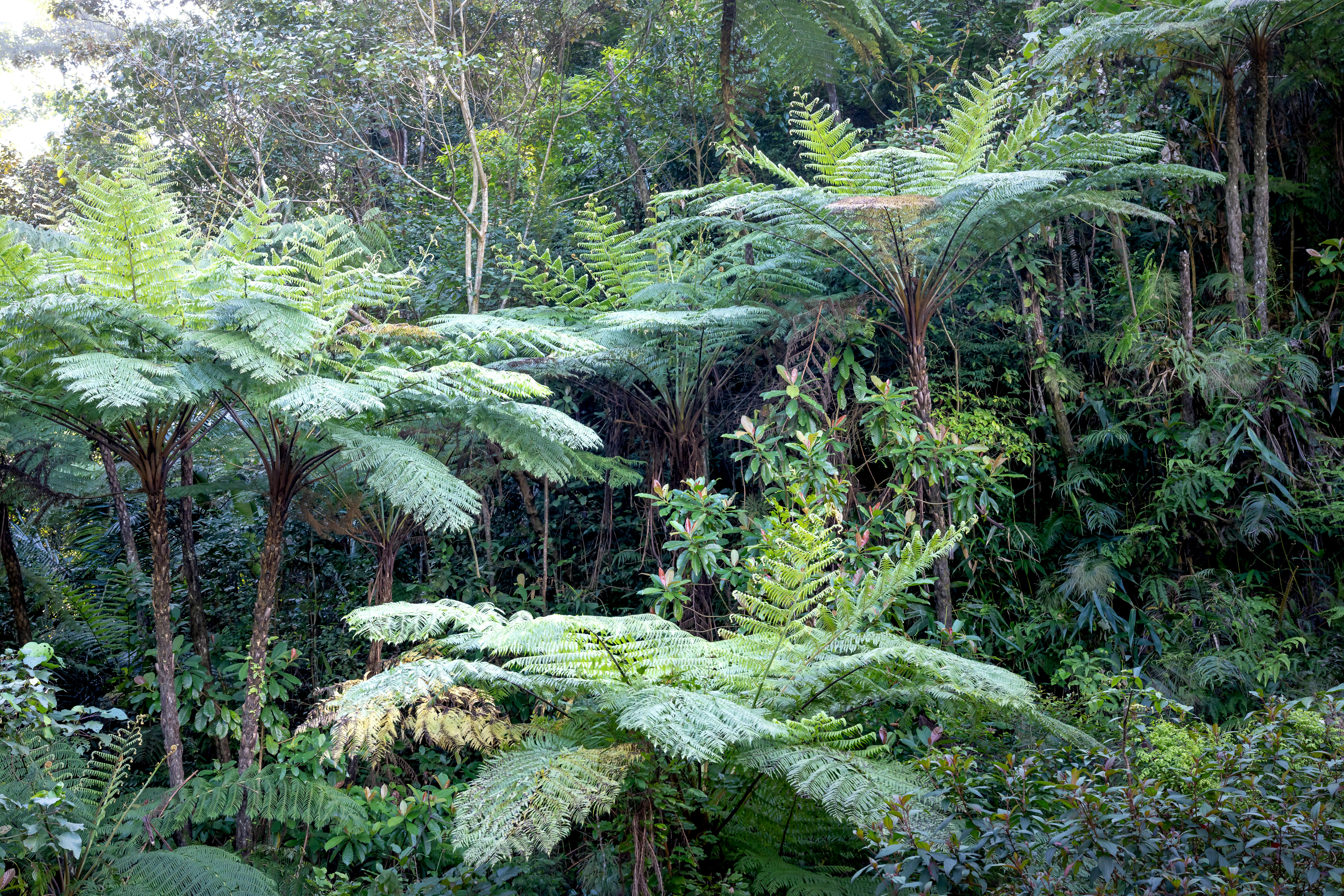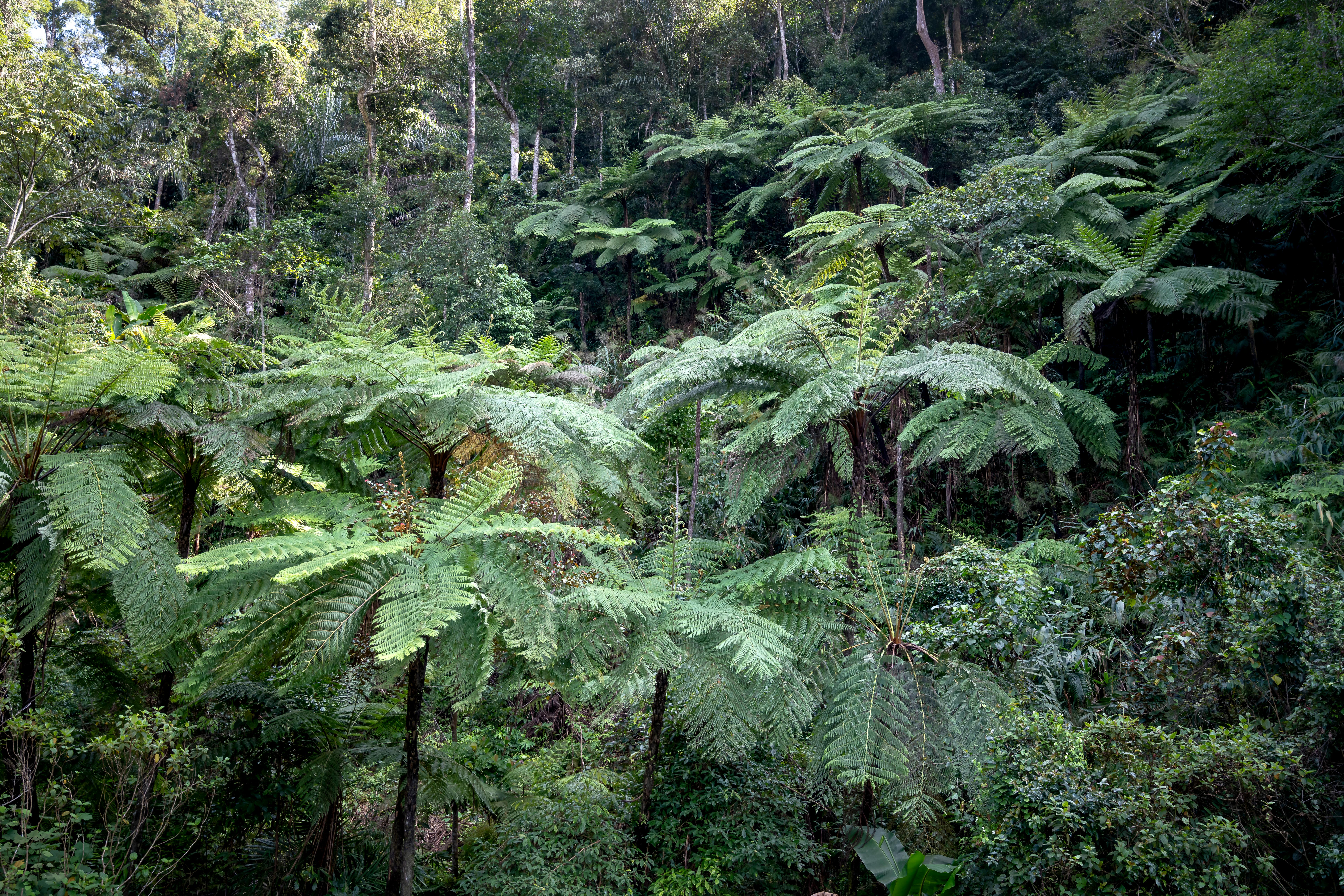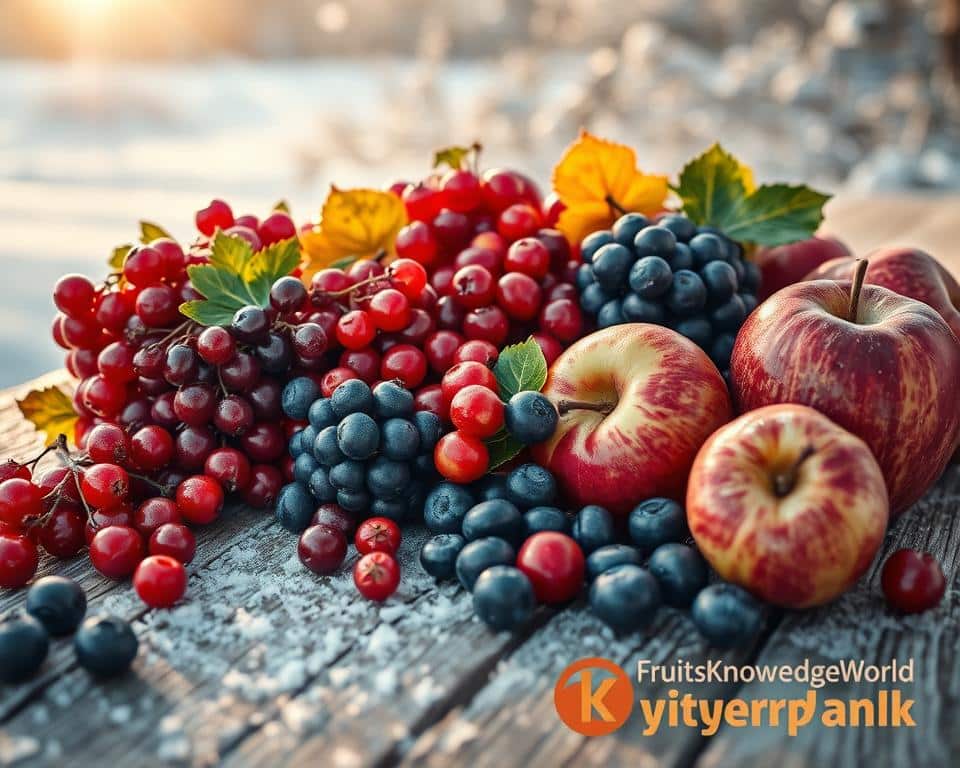The Amazon Rainforest is home to a vast array of species and ecosystems, including many different types of fruit. In this tropical region, you can find a wide variety of native fruits that have adapted to the conditions of the rainforest. These include açaí, cupuaçu, camu-camu, and many more exotic varieties. This article will explore some of the most common fruits that grow in the Amazon Rainforest and their benefits for both local communities and global markets.Fruits that grow in the Amazon Rainforest include bananas, plantains, guavas, pineapples, papayas, mangoes, watermelons, passion fruits, tamarinds, star fruits, limes and coconuts.
Common Types of Fruit Grown in the Amazon Rainforest
The Amazon rainforest is home to a wide array of plants and fruits, many of which are unique to this region. Some of the most common types of fruit grown in the Amazon rainforest include açaí, cupuaçu, guarana, tamarind, cashew fruit, and acerola.
Açaí is one of the most popular fruits in Brazil and is widely eaten as a snack or used to make juices or sorbets. It has a sweet, nutty flavor and is loaded with antioxidants. Cupuaçu is also native to the Amazon region and has a taste similar to chocolate or banana. It’s often used in ice cream and other desserts.
Guarana is a small red fruit with a strong flavor that’s often used to make energy drinks. It also contains high levels of caffeine for an extra boost of energy. Tamarind is another popular Amazonian fruit, known for its sweet-and-sour flavor often used in sauces and chutneys.
Cashew fruit is similar in shape to an apple but has a sweet flavor like mangoes or pineapple. Cashews are actually seeds that grow on the outside of their namesake fruits and are high in fiber and protein. Finally, acerola is native to Central America but can also be found in parts of the Amazon rainforest. This tiny red fruit has an incredibly high concentration of vitamin C – up to 17 times more than oranges!
These are just some of the many types of fruits that can be found growing in the Amazon rainforest – each one with its own unique flavor and nutritional benefits!
Identification of Fruits Grown in the Amazon Rainforest
The Amazon rainforest is home to some of the most unique and diverse fruits in the world. From exotic fruits like acai and cupuaçu, to staples like bananas and papayas, there is a wide variety of produce that thrives in this lush environment. Identifying these fruits can be challenging, however, as many of them are unfamiliar to outsiders. Fortunately, with a bit of research and understanding of the local environment, it is possible to identify and enjoy these delicious treats.
When it comes to identification, one of the best resources available is local knowledge. The indigenous people living in the Amazon have been cultivating and consuming these fruits for centuries, so they are extremely knowledgeable when it comes to their identification. They can be a great resource for learning more about these exotic fruits and how to use them in recipes or simply enjoy them fresh.
Another great way to identify these fruits is by observing their physical characteristics. Many Amazonian fruits are easily distinguishable by their size, shape, color, texture, and smell. For example, acai berries are dark purple and smaller than other types of berries found in the forest while cupuaçu has an oval shape with a yellowish-brown skin that has some rough patches on its surface. By carefully studying the fruit’s physical characteristics it’s possible to make an accurate identification.
Finally, one of the best ways to learn about Amazonian fruit is by tasting them! Many people find this a fun way to explore new flavors as well as gain a better understanding of what each fruit tastes like. Of course caution should always be taken when consuming unfamiliar foods; however this can be an enjoyable way to learn more about the amazing bounty found within the Amazon rainforest!
Nutritional Value of Fruits Grown in the Amazon Rainforest
The Amazon rainforest is home to an incredible array of fruits and vegetables. Many of these fruits are not easily found elsewhere, and have unique nutritional benefits due to their growing conditions and environment. From the exotic açaí berry to the delicious cupuaçu, there are numerous fruits grown in the Amazon that can provide essential vitamins and minerals for a healthy diet.
Açaí berries are some of the most popular fruits grown in the Amazon rainforest. They are packed with antioxidants, which can help protect cells from damage caused by free radicals. They also contain vitamins A, C, and E as well as omega-3 fatty acids, which can help keep cholesterol levels low. Additionally, açaí berries contain dietary fiber, which can help keep your digestive system running smoothly.
Cupuaçu is another popular fruit found in the Amazon rainforest that has many nutritional benefits. It is high in vitamin C and contains several minerals such as potassium, magnesium, manganese, zinc, iron, copper, and phosphorus. Additionally, it contains dietary fiber that helps promote regularity and aids digestion. Cupuaçu has a sweet flavor that makes it a great addition to smoothies or desserts.
The camu-camu berry is another fruit found in abundance in the Amazon rainforest that has numerous health benefits. It is an excellent source of vitamin C – one cup of camu-camu contains more than 50 times more vitamin C than an orange! Additionally, it also contains fiber which helps support healthy digestion and minerals such as calcium and magnesium which help keep bones strong.
The acerola berry is yet another nutrient-rich fruit found in the Amazon rainforest. This tart berry is high in vitamin C – just one cup of acerola berry contains over 2000 milligrams! Additionally, it also contains small amounts of other essential vitamins such as B1 (thiamin), B2 (riboflavin), B3 (niacin), A (beta carotene), E (tocopherols) as well as potassium to support healthy cellular function.
Overall there are many nutrient-rich fruits grown in the Amazon rainforest that can provide essential vitamins and minerals for a healthy diet. From antioxidant-packed açaí berries to tart acerola berries these unique fruits offer many health benefits that are not easily found elsewhere.
How Fruits Grow and Thrive in the Amazon Rainforest
The Amazon rainforest is known for its abundance of plants, trees, and wildlife. It is also home to a wide variety of fruits that are native to the region. These fruits not only provide sustenance for the people living in the area, but they also provide numerous health benefits. From exotic fruits like acai and cupuaçu to more common varieties like bananas and oranges, the Amazon rainforest has something for everyone.
In order for these fruits to thrive in the Amazon rainforest, they must adapt to the unique soil and climate conditions of the region. The hot, humid climate is ideal for some species while others require more specific conditions in order to grow and produce fruit. For example, bananas need higher temperatures and more moisture than some other tropical fruit species in order to flourish.
In addition to temperature and moisture levels, nutrients are also important for fruit growth. The nutrient-rich soil of the Amazon provides an ideal environment for many different types of fruits to thrive. However, some species may require additional fertilizers or soil amendments in order to reach their full potential.
The Amazon Rainforest is full of different types of plants that provide food sources for both humans and animals alike. Fruits are an important part of this ecosystem and play a vital role in sustaining life within this unique ecosystem. With proper management and care, these fruits can continue to provide sustenance for generations to come.

Challenges to Growing Fruit in the Amazon Rainforest
One of the most significant challenges of growing fruit in the Amazon Rainforest is the difficulty of actually getting the plants to grow. The rainforest is an incredibly complex and delicate ecosystem, and many plants can easily become overwhelmed by the harsh conditions. It is also difficult to access certain areas of the rainforest, which can make it difficult to transport necessary supplies and equipment needed for successful fruit growth. Additionally, there are often pests and diseases that can damage crops, as well as a lack of infrastructure in some parts of the rainforest, making it difficult to provide adequate protection for crops from these threats.
Another challenge is finding suitable land for growing fruit. Many parts of the Amazon Rainforest are dense with vegetation, making it difficult to find land that has not already been taken up by other plants or trees. Additionally, much of the soil in some parts of the rainforest is not suitable for growing fruit due to its acidic or nutrient-poor composition. This means that farmers may need to invest in soil amendments and other measures in order to make their land suitable for growing fruit.
Finally, there is also a lack of access to reliable water sources in many parts of the Amazon Rainforest. Fruit requires regular watering in order to thrive and without an adequate water source, farmers may struggle to keep their fruits healthy and productive. Furthermore, some parts of the Amazon experience seasonal droughts which can further exacerbate this issue.
Overall, growing fruit in the Amazon Rainforest presents a number of challenges that must be addressed if farmers are going to be successful. From finding suitable land and dealing with pests and diseases, to accessing reliable water sources – all these factors must be taken into consideration when attempting to grow fruit in this unique environment.
Unusual Fruits Found in the Amazon Rainforest
The Amazon Rainforest is home to some of the most unique and exotic fruits in the world. From exotic varieties of mangoes and bananas, to rare fruit such as cupuacu and acai, the Amazon is a treasure trove of unusual fruit. These fruits have been used for centuries by indigenous peoples for medicinal purposes and nutritional benefits. Here are some of the most unusual fruits found in the Amazon Rainforest:
The Cupuacu is a native fruit of Brazil, found growing wild in the rainforest. It has a sweet, creamy taste similar to that of a banana or mango but with a unique texture. It is high in antioxidants, vitamins A, C, E and B-complex vitamins, minerals such as calcium and magnesium, and essential fatty acids. The pulp can be eaten raw or used in recipes such as smoothies or ice cream.
Acai berries are small dark purple drupes that grow on palm trees throughout the Amazon rainforest. They have a sweet-tart flavor similar to that of blueberries or cranberries and contain high amounts of antioxidants, vitamins A and C, calcium, iron, magnesium and potassium. The berries can be eaten fresh or made into juice or smoothies. They are often used as an ingredient in Brazilian dishes such as acai bowls or salads.
Uxi is another unique fruit found in the Amazon rainforest. It has an oval shape and yellowish-green skin when ripe. Uxi has a sweet flavor similar to that of apricots with notes of nutmeg. It is high in Vitamin C as well as minerals such as potassium and magnesium. Uxi can be eaten raw or cooked into jam or syrup for use on pancakes or other desserts.
Caju is another tropical fruit native to Brazil that grows wild throughout the Amazon rainforest. It has a yellow flesh with a sweet flavor similar to that of pineapple but with notes of honeydew melon. Caju is packed with Vitamin C as well as Vitamins A, E and B6 along with minerals such as iron and magnesium plus essential fatty acids such as omega-3s which have anti-inflammatory properties that may help reduce risk factors for heart disease and cancer. The flesh can be eaten raw or cooked into jams or sauces for use on meats or desserts
The Benefits of Eating Fruit from the Amazon Rainforest
Eating fruit from the Amazon rainforest offers a variety of benefits. The fruits found in the rainforest are full of vitamins, minerals, and antioxidants that can help boost overall health. Additionally, many of the fruits contain fiber, which can help regulate digestion and reduce the risk of chronic diseases. Furthermore, consuming these fruits can provide a unique taste experience that many people find enjoyable.
The Amazon rainforest is home to numerous species of exotic fruit, including acai berries, cupuaçu, graviola, guaraná, and camu camu. Each of these fruits offers its own unique set of health benefits and flavor profiles. Acai berries are high in antioxidants and fiber, making them great for boosting energy levels and protecting against disease. Cupuaçu is rich in vitamins A and C as well as potassium and magnesium which can aid in digestion and reduce inflammation. Graviola is known for its anti-cancer properties as well as its ability to fight infections and colds. Guaraná is used to increase mental alertness and focus while camu camu is a great source of vitamin C which supports healthy skin, bones, teeth, and immune system function.
In addition to their health benefits, consuming these exotic fruits from the Amazon rainforest also helps support local communities by providing economic opportunities. By buying fruit from local vendors or farmers markets that source produce from the rainforest you can help contribute to conservation efforts that protect this fragile ecosystem.
Overall eating fruit from the Amazon rainforest offers numerous benefits ranging from improved health to supporting local economies. Not only do these fruits provide a wide array of vitamins, minerals, antioxidants, fiber, and other nutrients but they also offer unique flavors that make for an enjoyable culinary experience.

Conclusion
The Amazon rainforest is home to an incredible variety of fruits. There are over 200 species of native Amazonian fruits, including açaí, cupuaçu, guaraná, bacuri, bacaba, aguaje and many more. These fruits provide a source of nutrition to the area’s inhabitants and are also used in traditional medicine. The Amazon rainforest is also home to many exotic fruits that are not native to the region such as pineapple and banana.
The Amazon rainforest is an important source of food for local communities and its vibrant fruit diversity contributes to the health and wellbeing of both people and the environment. Therefore, it is essential that we protect this precious ecosystem from unsustainable development practices which could destroy its unique biodiversity.
By supporting sustainable development initiatives in the Amazon region and by raising awareness about its importance, we can ensure that its precious fruits will continue to nourish people for generations to come.



